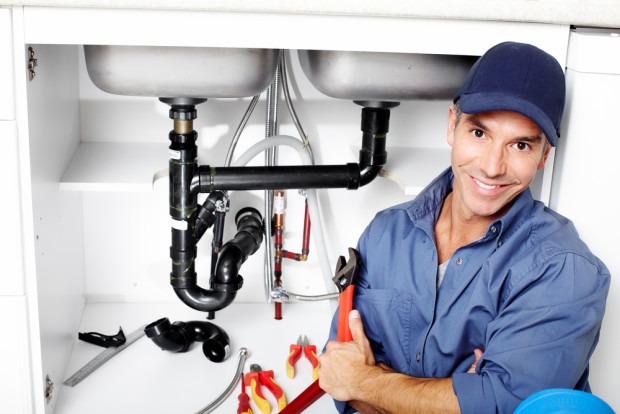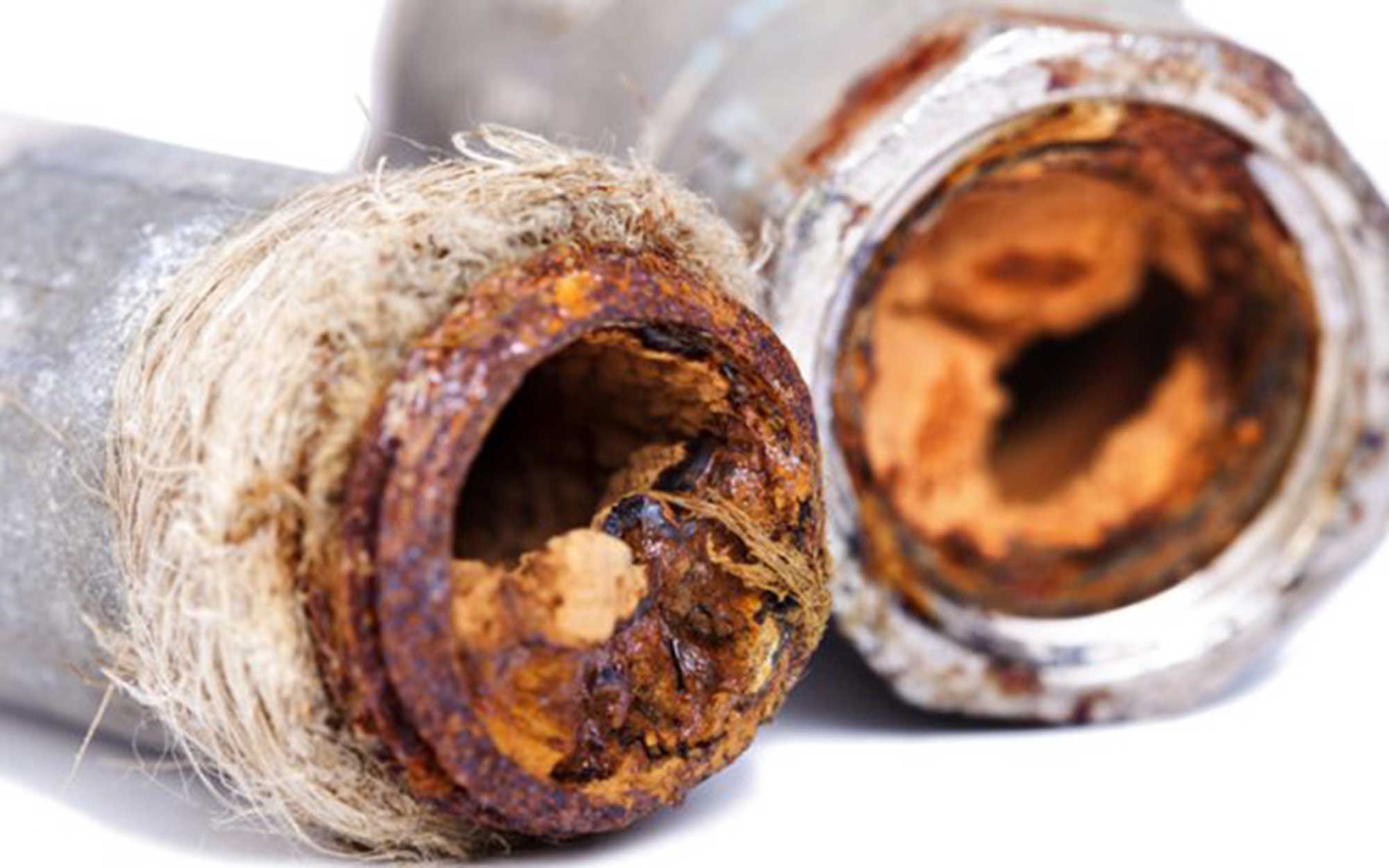Navigating Tricky Appliance Troubles: Just How Plumbers Can Save the Day
Navigating Tricky Appliance Troubles: Just How Plumbers Can Save the Day
Blog Article
Just how do you actually feel about Diagnose Unwanted Plumbing Noises?

To identify loud plumbing, it is necessary to establish initial whether the undesirable audios take place on the system's inlet side-in various other words, when water is transformed on-or on the drainpipe side. Sounds on the inlet side have actually varied causes: excessive water pressure, worn valve and faucet parts, improperly connected pumps or various other devices, incorrectly placed pipe fasteners, and plumbing runs including a lot of limited bends or various other constraints. Sounds on the drainpipe side generally stem from poor location or, just like some inlet side sound, a format containing tight bends.
Hissing
Hissing noise that occurs when a faucet is opened slightly typically signals extreme water stress. Consult your local water company if you suspect this problem; it will be able to tell you the water pressure in your location and also can mount a pressurereducing shutoff on the inbound water pipeline if essential.
Thudding
Thudding sound, usually accompanied by trembling pipelines, when a faucet or home appliance valve is shut off is a condition called water hammer. The noise and vibration are brought on by the resounding wave of stress in the water, which unexpectedly has no location to go. In some cases opening a valve that releases water promptly right into an area of piping including a limitation, elbow joint, or tee fitting can generate the very same problem.
Water hammer can typically be cured by installing installations called air chambers or shock absorbers in the plumbing to which the problem valves or faucets are connected. These tools permit the shock wave developed by the halted circulation of water to dissipate airborne they consist of, which (unlike water) is compressible.
Older plumbing systems might have short vertical sections of capped pipe behind walls on tap competes the very same function; these can ultimately full of water, decreasing or destroying their effectiveness. The treatment is to drain pipes the water supply totally by shutting off the main water supply shutoff and also opening all faucets. Then open up the major supply valve and close the taps individually, starting with the faucet nearest the shutoff and also finishing with the one farthest away.
Chattering or Screeching
Extreme chattering or shrieking that happens when a valve or tap is switched on, and that usually goes away when the installation is opened completely, signals loose or malfunctioning interior parts. The solution is to change the valve or faucet with a brand-new one.
Pumps as well as appliances such as cleaning makers as well as dishwashers can move motor noise to pipelines if they are incorrectly attached. Link such things to plumbing with plastic or rubber hoses-never stiff pipe-to isolate them.
Various Other Inlet Side Noises
Creaking, squealing, scratching, breaking, and touching usually are brought on by the expansion or tightening of pipes, normally copper ones supplying hot water. The audios happen as the pipelines slide against loosened fasteners or strike close-by residence framing. You can commonly pinpoint the place of the problem if the pipes are revealed; just comply with the audio when the pipes are making sounds. Most likely you will uncover a loose pipeline hanger or a location where pipes exist so near to flooring joists or other mounting pieces that they clatter versus them. Attaching foam pipeline insulation around the pipes at the point of get in touch with need to fix the trouble. Be sure bands and also hangers are safe and secure as well as give adequate assistance. Where possible, pipe bolts should be connected to massive architectural elements such as structure wall surfaces instead of to mounting; doing so lessens the transmission of vibrations from plumbing to surface areas that can amplify as well as transfer them. If connecting bolts to framing is inevitable, cover pipes with insulation or other resistant material where they get in touch with fasteners, and also sandwich completions of new fasteners between rubber washers when mounting them.
Remedying plumbing runs that experience flow-restricting limited or countless bends is a last resort that should be carried out only after seeking advice from a knowledgeable plumbing service provider. However, this scenario is fairly common in older houses that may not have been built with indoor plumbing or that have seen several remodels, especially by amateurs.
Drainpipe Noise
On the drain side of plumbing, the chief goals are to eliminate surfaces that can be struck by falling or rushing water and also to shield pipelines to consist of inevitable audios.
In brand-new building and construction, bathtubs, shower stalls, toilets, and wallmounted sinks and basins ought to be set on or against durable underlayments to minimize the transmission of noise via them. Water-saving commodes and also taps are much less loud than standard versions; mount them as opposed to older kinds even if codes in your location still allow making use of older components.
Drains that do not run up and down to the cellar or that branch right into straight pipe runs supported at floor joists or other framing present specifically bothersome sound issues. Such pipes are big enough to radiate considerable vibration; they additionally lug considerable quantities of water, which makes the situation worse. In new building and construction, define cast-iron dirt pipelines (the big pipes that drain toilets) if you can manage them. Their enormity consists of much of the noise made by water passing through them. Also, stay clear of transmitting drains in walls shared with bedrooms and also spaces where people gather. Walls including drainpipes need to be soundproofed as was defined previously, using double panels of sound-insulating fiber board as well as wallboard. Pipes themselves can be wrapped with unique fiberglass insulation produced the purpose; such pipes have a resistant vinyl skin (in some cases containing lead). Outcomes are not always acceptable.
If Your Plumbing is Making These Sounds, There’s a Problem
A Bang or Thump When You Turn Off a Faucet
If a loud bang or thump greets you each time your turn off running water, you likely have a water hammer. A water hammer occurs when the water velocity is brought to a halt, sending a shock wave through the pipe. It can be pretty jarring — even worse, damaging to your plumbing system. All that thudding could loosen connections.
Strange Toilet Noises
You’re so familiar with the sounds your toilet makes that your ears will be attuned to anything out of the ordinary. Fortunately, most unusual toilet noises can be narrowed down to just one of several problems.
Foghorn sound:
Open the toilet tank Flush the toilet When you hear the foghorn noise, lift the float to the top of the tank If you’re ambitious, you can remove the ballcock valve and disassemble it to replace the washer. Or you can more easily replace the ballcock valve entirely. This device is relatively inexpensive and available at most any hardware store.
Persistent hissing:
The hissing following a flush is the sound of the tank filling. It should stop once the tank is full. But if the hissing continues, it’s likely because water is leaking out of the tank. The rubber flap at the bottom of the tank can degrade, letting water slip through and into the bowl. That’s why the tank is refilling continuously. Fortunately, this is an easy fix:
Cut the water to the toilet by closing the shutoff valve on the water supply line. Flush the toilet to drain the tank. Disconnect the flapper Attach the new flapper Gurgling or bubbling:
Gurgling or bubbling suggests negative air pressure in the drain line, likely resulting from a clog. As air releases, it causes the water in the toilet to bubble. This could either be a minor issue or a major one, depending on the clog’s severity. Clogs can be caused by toilet paper or more stubborn obstructions such as tree roots. If you can’t work out the clog with a plunger, contact a professional plumber for assistance because a clog of this magnitude could lead to filthy and unsanitary sewage backups in your sink bathtub.

I am very eager about Why Your Water Pipes Are Noisy and How To Shut Them Up and I'm hoping you appreciated our blog posting. Sharing is caring. Helping others is fun. Many thanks for taking the time to read it.
Book A Free Estimate Report this page